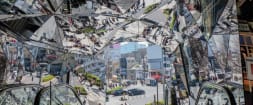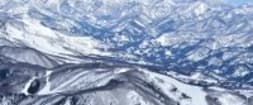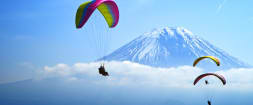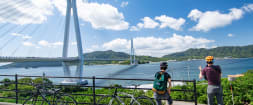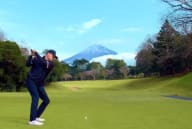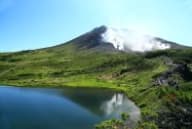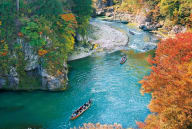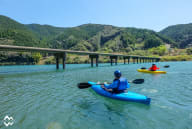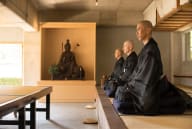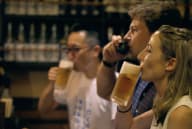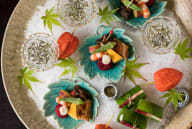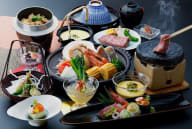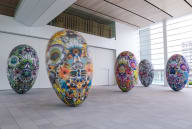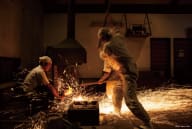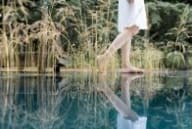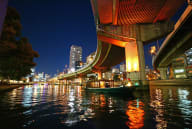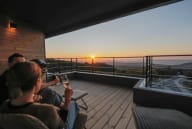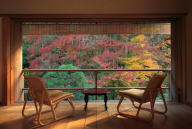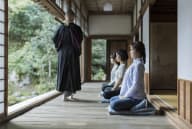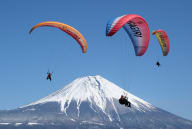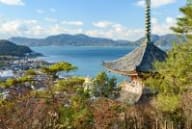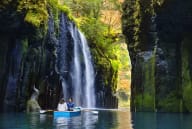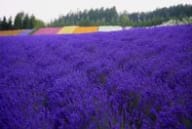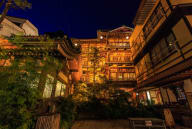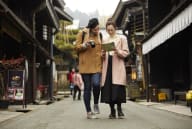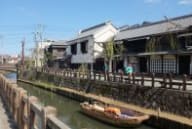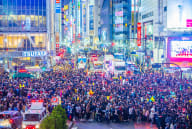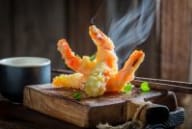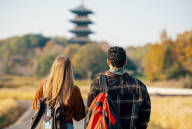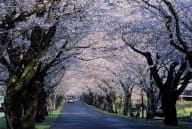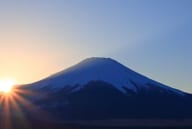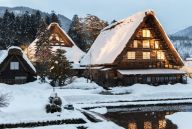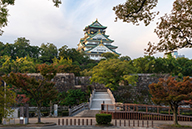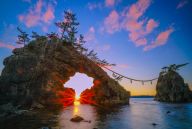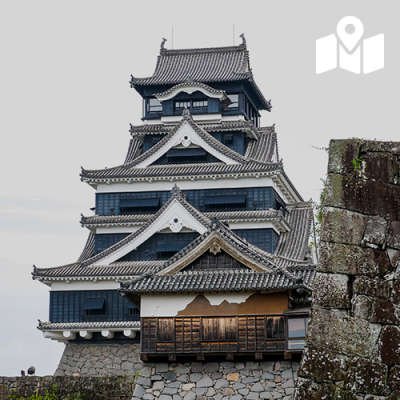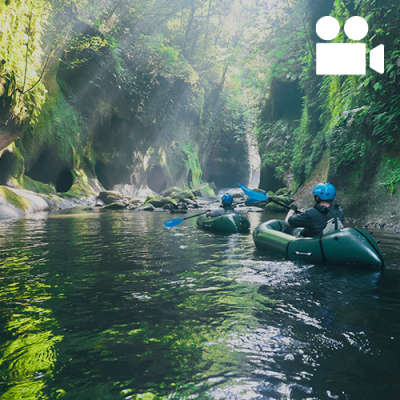Use the
Planning a Trip to Japan?
Share your travel photos with us by hashtagging your images with #visitjapanjp
The Expo 2025 theme Connecting Lives explores how we can enrich society through the power of culture and community. On this journey to the Chugoku and Shikoku regions in Southwest Japan, we traveled from the untamed Sea of Japan to the lush mountains of Tokushima, exploring fishing villages, hillside farms, and even an art island to discover the threads that connect people to their landscape—and each other.
Motonosumi Shrine: A Medley of White Foxes and Red Torii Gates
Yamaguchi
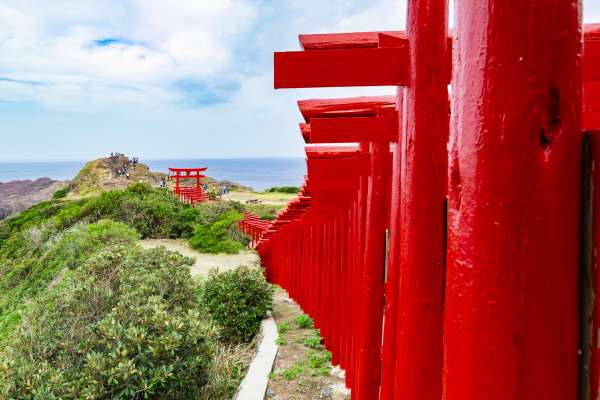
We arrived at Motonosumi Shrine on an autumn day with leopard plant flowers in full bloom. Built in 1955 by a local fisherman to honor a white fox spirit, the shrine is a stunning sight, with over one hundred vermilion torii gates winding down a cliffside that overlooks the Sea of Japan. The grounds are adorned with fox statues and depictions, a tribute to the shrine’s unique origins

Motonosumi Shrine gates
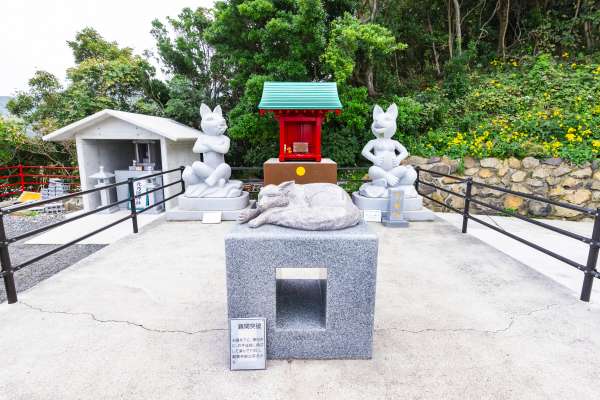
The grounds are adorned with fox statues
A local fisherman, who helps out part-time at the shrine when he’s not catching squid, guided us around the shrine complex. He shared that for him, the most remarkable feature of the site is the breathtaking view of the sea. “The sunsets here in the summer are truly spectacular,” he told us. He showed us some of his favorite spots, including a large sea cave where fishermen come to pray, and Ryugu no Shiofuki, a natural phenomenon where water shoots up like a dragon, earning its name meaning “dragon palace geyser.”

Chatting with local fisher

Exploring the shrine grounds

Ryugu no Shiofuki “dragon palace geyser”
Motonosumi Shrine is also known for having the highest offertory box in Japan, suspended atop the main shrine gate. After tossing a coin for good luck, we enjoyed soft serve cream infused with citrus native to the area.
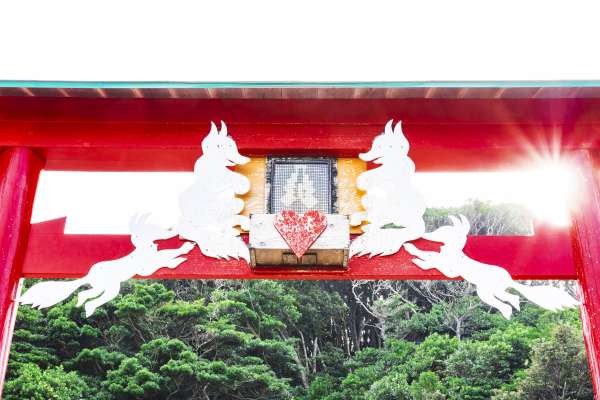
The offertory box is perched on a shrine gate
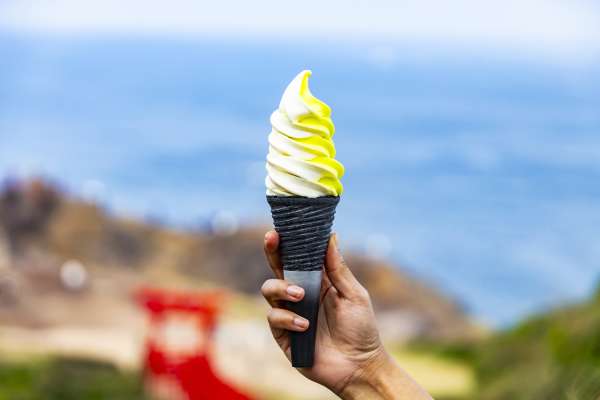
Soft cream infused with a local citrus
Once a hidden gem, Motonosumi Shrine has blossomed into a beloved destination for visitors from far-flung destinations, becoming a cherished symbol of pride for a humble fishing community. “It brings me joy to see people from all over the world come to my small village to see this shrine,” our guide shared with a smile before we parted.
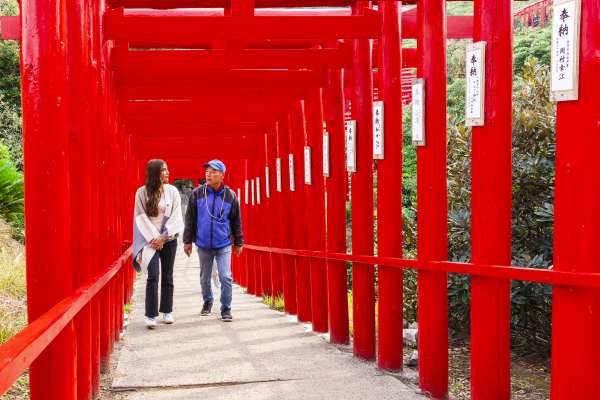
Naoshima Island: Connecting Art Lovers and Islanders
Kagawa

“Red Pumpkin” Yayoi Kusama,2006 Naoshima Miyanoura Port Square ©YAYOI KUSAMA
The tranquil island of Naoshima, with its modest population of around 3,000, has undergone a remarkable transformation over the past few decades. Today, it stands as a sanctuary for contemporary art, featuring works by internationally acclaimed artists like James Turrell, Lee Ufan, and Yayoi Kusama.
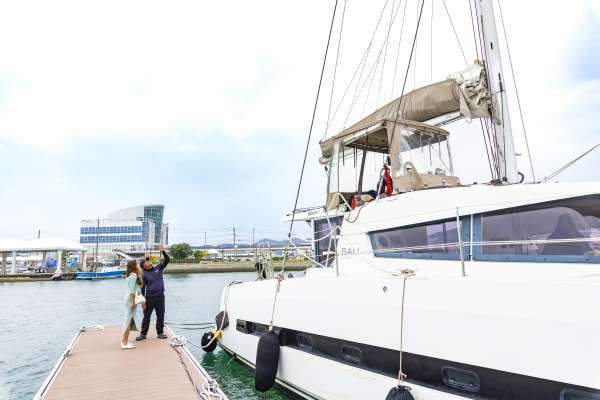
Chatting with catamaran captain
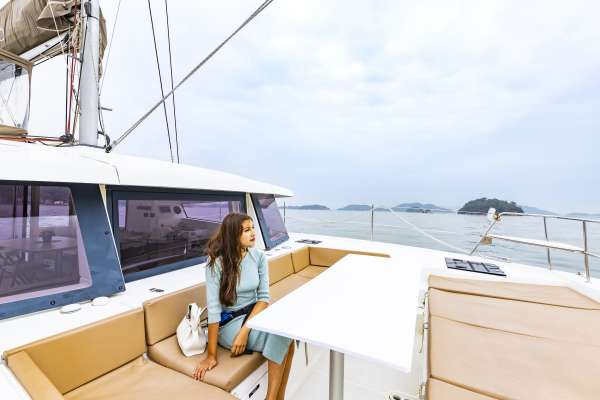
While the island is accessible by boat or ferry, we opted for a private catamaran yacht from Uno Port in Okayama, ensuring both convenience and comfort. Operated by Seto Yacht Charter, the vessel boasted a sun deck and even a kitchen, making the journey across the azure waters of the Seto Inland Sea an experience in itself.

As we sailed, the captain shared his enthusiasm for our destination. “Naoshima is my favorite place to visit. It offers so much, from striking art installations to serene rural landscapes,” he remarked. He also mentioned the appeal of custom itineraries, which include nearby islands like Shodoshima, known for its beautiful olive groves and rice paddies, and Teshima, another art island.

“Red Pumpkin” Yayoi Kusama,2006 Naoshima Miyanoura Port Square ©YAYOI KUSAMA

“Red Pumpkin” Yayoi Kusama,2006 Naoshima Miyanoura Port Square ©YAYOI KUSAMA
View from inside pumpkin
Upon arriving at Naoshima, we were greeted by Yayoi Kusama’s iconic red polka-dotted pumpkin, standing in vivid contrast against the gentle blue hues of the Seto Inland Sea. The island brims with intriguing attractions, including the Benesse House Museum, which houses sculptures, paintings, and photography, and the Chichu Art Museum, a masterpiece of design by renowned Japanese architect Tadao Ando.

Benesse House Museum
One of the highlights of our visit was Naoshima Bath “I♥湯”(I Love YU), a whimsical bathhouse created by Japanese artist Shinro Ohtake. This art installation doubles as a public bath, offering a space for locals and visitors to connect while immersed in art. A regular patron shared his thoughts with us: “I love coming here to meet people from all over the world. There’s no other bathhouse like this, with unique features like the elephant statue in the middle of the room.”

Shinro Ohtake Naoshima Bath “I♥湯”
photo:Osamu Watanabe
Naoshima and its surrounding islands are set to host the renowned art festival, the Setouchi Triennale, in 2025—the same year as the Expo. As we journeyed back, we reflected on how this once-sleepy island has evolved into a vibrant hub for art and culture, bridging people and ideas in an extraordinary way.

Udon House: Getting Hands-on with Kagawa’s Signature Dish
Kagawa
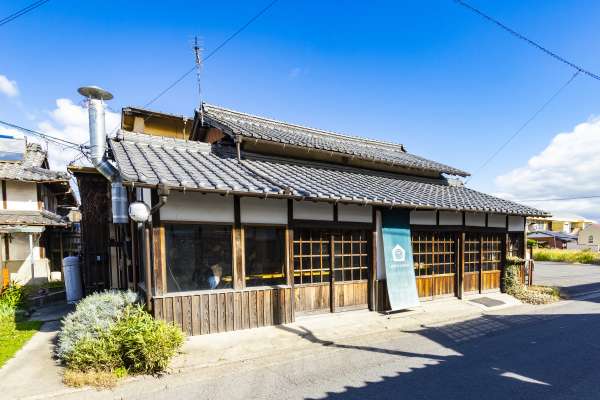
Kagawa Prefecture has cemented its status as the udon capital of Japan, with a history of udon-making that stretches back over a thousand years. To immerse ourselves in this culinary heritage, we joined an udon-making workshop that would teach us how to craft the region’s iconic dish from scratch.

The workshop begins with a lecture on the history of udon
Our venue, Udon House, is a charmingly renovated townhouse that had been abandoned for over two decades. Now, it serves as both a lodging and an immersive hub for udon enthusiasts, offering programs ranging from udon restaurant tours to hands-on cooking experiences.

Participants make udon from scratch
Our workshop began with a fascinating lecture. “Kagawa’s arid climate and low rainfall made rice cultivation difficult, so wheat became the staple crop. This is why udon gained such prominence in the region,” our instructor explained. We also learned that Kagawa residents consume seven times more udon than the average person in Japan—a testament to their deep-rooted love for the dish.

Kneading the dough with our feet
The practical portion of the workshop began with assembling just three simple ingredients: wheat flour, salt, and water. Guided by our instructor, we kneaded, rolled, and cut the dough with precision and care, following traditional methods that have been passed down for generations. Adding to the experience, we sampled an array of dashi broths and visited a local farm to hand-pick fresh vegetables to use as toppings for our creations.
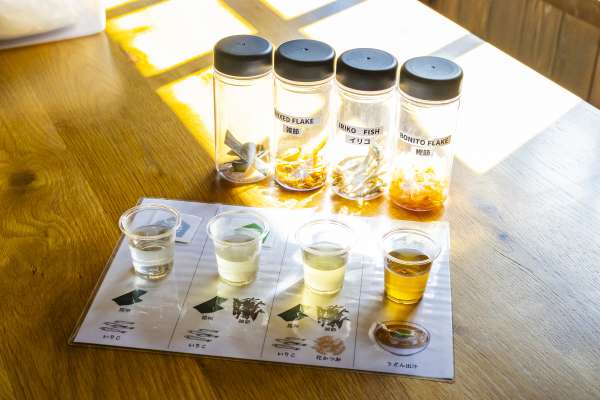
Sampling various kinds of dashi broth

Picking vegetables from a local farm

Slicing the noodles
Sanuki udon is renowned for its firm, chewy texture, and we were offered the chance to enjoy our handmade noodles in several classic styles. Among them were bukkake, a flavorful dish served with a chilled dashi-based sauce, and kamatama, topped with a raw egg and soy sauce for a rich, silky finish. “The toppings and preparation methods are designed to bring out the unique texture of the noodles,” our instructor noted as we slurped our hearty bowls of udon. Throughout the workshop, learning to craft this simple and beloved dish by hand made us reflect on how food can tell the story of a place and its people.

Freshly-made udon noodles

Uribo Inn: Subsistence Farming on a Hillside
Tokushima

The last stop on our journey was the mountainous Nishi-Awa region in Tokushima Prefecture, where farmers have cultivated vegetables and crops on steep hillsides for hundreds of years. This unique farming style has been recognized by the United Nations as a Globally Important Agricultural Heritage System. To delve into this way of life, we opted for a farm stay.

Uribo Inn
We stayed at Uribo Inn, a quiet family-run lodging nestled deep in the mountains. The owner’s family has called this area home for 12 generations. On his sprawling plot of land, he grows an array of produce, including potatoes, onions, citrus fruits, and buckwheat.

Picking vegetables for dinner
Upon arrival, we toured the farm and were invited to pick fresh vegetables for dinner. When we asked how he maintains his farm on such steep terrain, he explained, “I use thatch grassstraw to keep the soil from sliding. These methods were developed by my predecessors—back then, people had to rely on their ingenuity to solve every challenge.”

Thatch grass is used to keep the soil stable
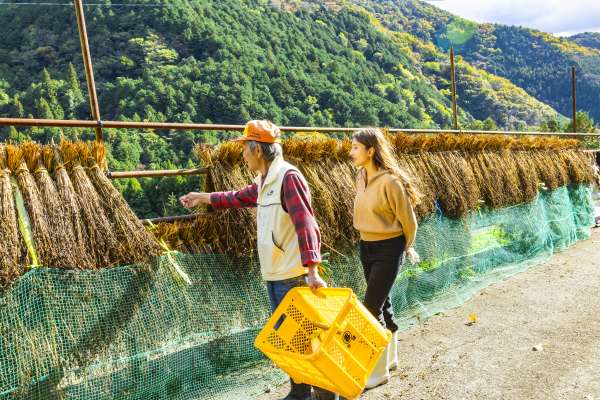
Buckwheat
In addition to farming, the inn’s owner has been hunting for over 30 years. Environmental changes have led to an increase in deer and wild boar populations, and he has turned this challenge into an opportunity. That evening, he prepared a hearty meal featuring game meat in various forms, including sausages, hamburger patties, and hot pots, ensuring nothing went to waste.
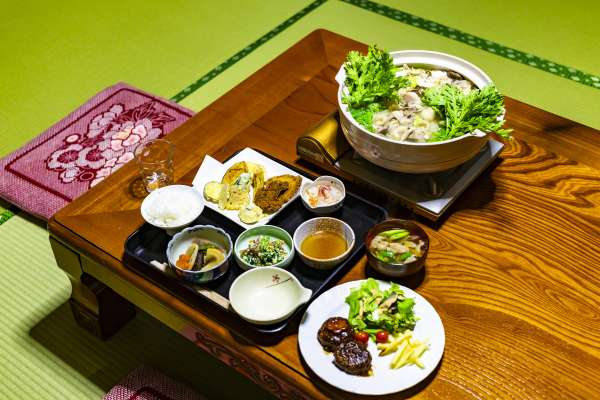
Dinner prepared with game meat

What stood out most was the owner’s resourceful and self-reliant lifestyle. He shared how he constantly experiments with new ideas, such as cultivating exotic crops like habanero peppers and avocados, using knowledge gleaned from the internet, demonstrating how ancient knowledge can coexist with innovation. As we departed, we carried with us a profound appreciation for this beautiful region and its heritage, inspired by the owner’s respect for nature and dedication to sustainable living.

Sudachi citrus from the farmer’s orchard

Conclusion
The journey through Shikoku and Chugoku unveiled a vibrant tapestry of culture, art, and tradition that connects people to their land and communities. From the serene beauty of Motonosumi Shrine to the transformative art of Naoshima Island and the enduring heritage of hillside farming at Uribo Inn, each stop illustrated how deeply rooted traditions and modern innovations can harmoniously coexist, inviting travelers to appreciate and contribute to the rich stories of these remarkable regions.











